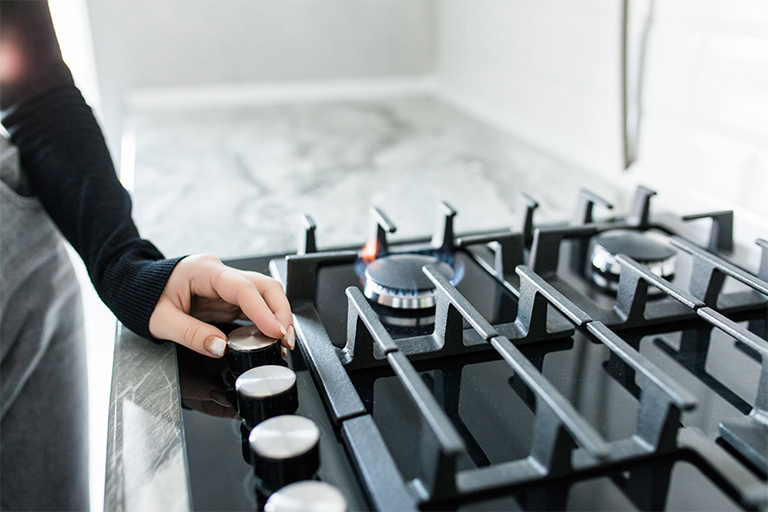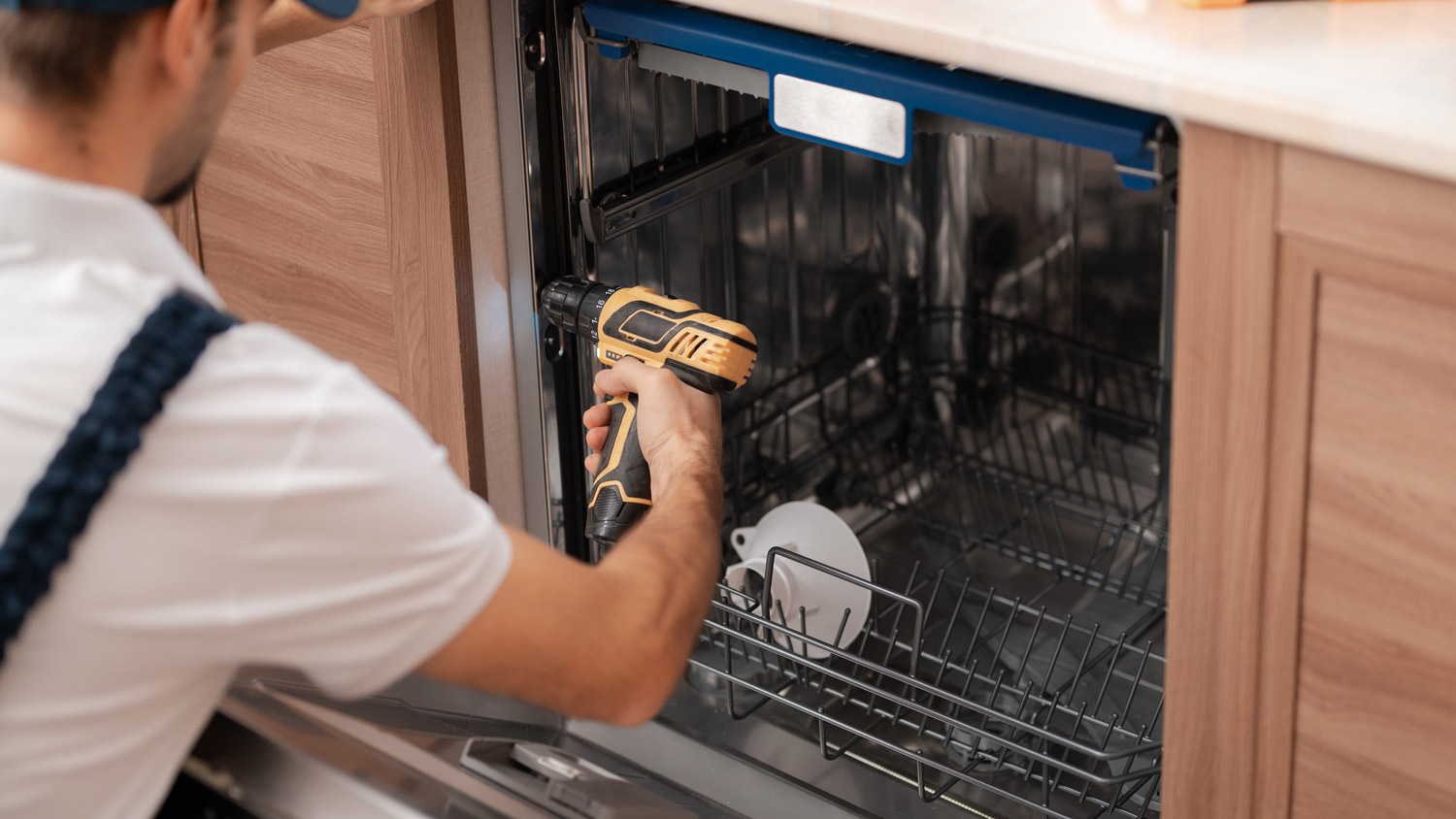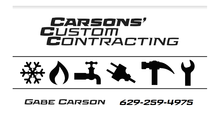
Get matched with top gas log pros in Swink, CO
Enter your zip and get matched with up to 5 pros
Need a pro for your gas log service project in Swink, CO?
TRUSTED BY SWINK, CO HOMEOWNERS
4.7
Average homeowner rating14
Verified gas log services reviews
Verified Reviews for Gas Log Service pros in Swink, CO
*The Angi rating for Gas Log Service companies in Swink, CO is a rating based on verified reviews from our community of homeowners who have used these pros to meet their Gas Log Service needs.
*The HomeAdvisor rating for Gas Log Service companies in Swink, CO is a rating based on verified reviews from our community of homeowners who have used these pros to meet their Gas Log Service needs.
Last update on November 25, 2025
Find Gas log pros in Swink
Service Monkey
Service Monkey
Service Monkey, serving Silverthorne, CO and the counties of Summit and Eagle, will provide quality installation, service and conversions for gas and wood fireplaces. Our staff has over 50 years of combined experience in our field. Products and services we provide are: • Annual gas fireplace tune-up, inspection and safety check • Mechanical and chemical chimney sweep • Video scanning of chimneys and venting systems • Dryer vent cleaning • BBQ maintenance and installation • Wood and gas fireplace or stoves, new construction or remodel installation • Gas line installation • Wood and gas fireplace repairs Service Monkey work with residential as well as commercial customers. We are here to ensure your safety and to give you the best possible service. Please don't risk a fire, have Service Monkey clean and inspect your chimney yearly! Call us today.
Service Monkey, serving Silverthorne, CO and the counties of Summit and Eagle, will provide quality installation, service and conversions for gas and wood fireplaces. Our staff has over 50 years of combined experience in our field. Products and services we provide are: • Annual gas fireplace tune-up, inspection and safety check • Mechanical and chemical chimney sweep • Video scanning of chimneys and venting systems • Dryer vent cleaning • BBQ maintenance and installation • Wood and gas fireplace or stoves, new construction or remodel installation • Gas line installation • Wood and gas fireplace repairs Service Monkey work with residential as well as commercial customers. We are here to ensure your safety and to give you the best possible service. Please don't risk a fire, have Service Monkey clean and inspect your chimney yearly! Call us today.
The homeowners guide to home care is here
From average costs to expert advice, get all the answers you need to get your job done.
 •
•Discover the cost to install a gas cooktop. Learn about average prices, key cost factors, and tips to save on your gas cooktop installation project.
 •
•Discover the average dishwasher installation cost, key price factors, and tips to save on your project. Get transparent, expert-backed estimates.
 •
•Get transparent refrigerator repair cost info. Learn what impacts price, compare repair vs. replacement, and find ways to save on your fridge repair.

Finding the right pro to install your new washer and dryer will help the machines work better, last longer, and ensure everything is connected correctly.

Refrigerators comprise many different parts. Understanding what they are and how they function will help you maintain it and troubleshoot problems.

Is food going bad too quickly? Is your refrigerator making strange noises? This guide will help you determine whether it’s time for a repair technician or a new refrigerator.




